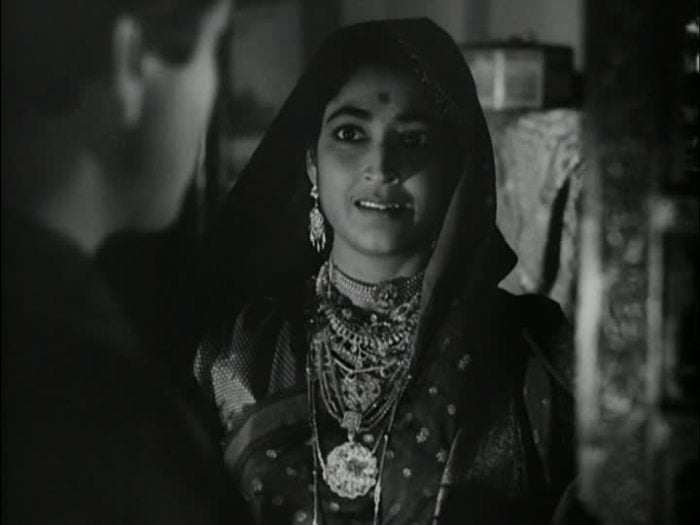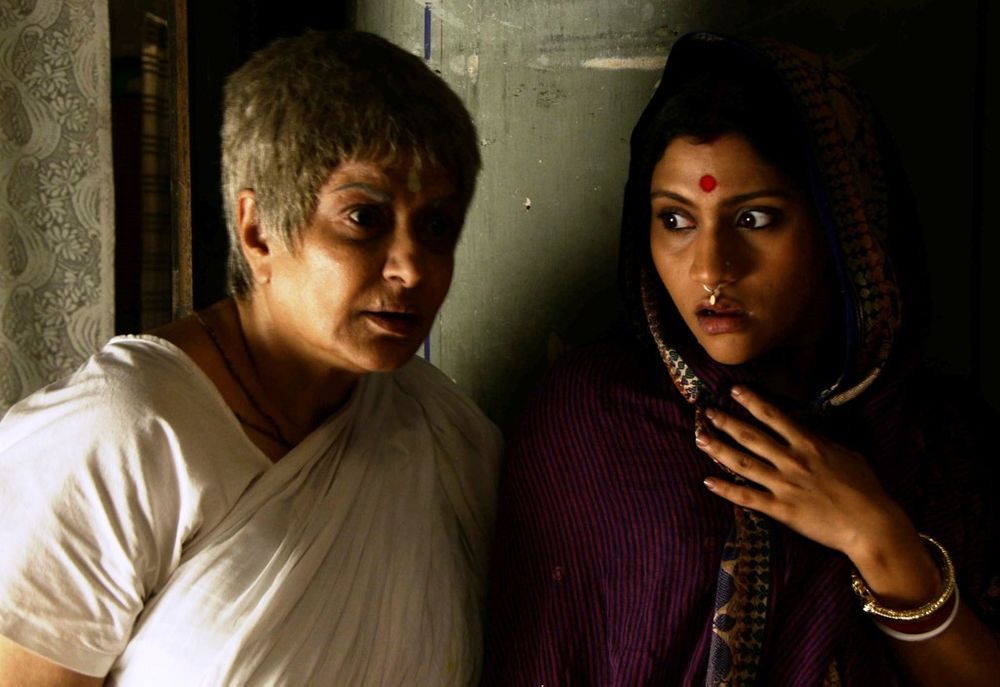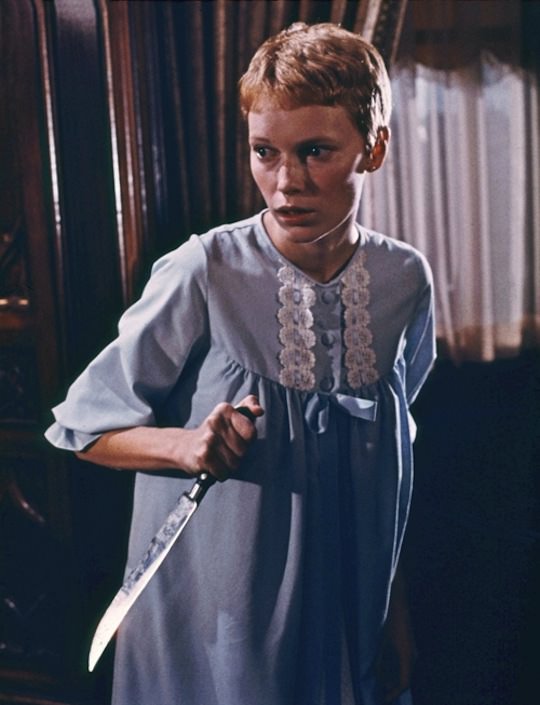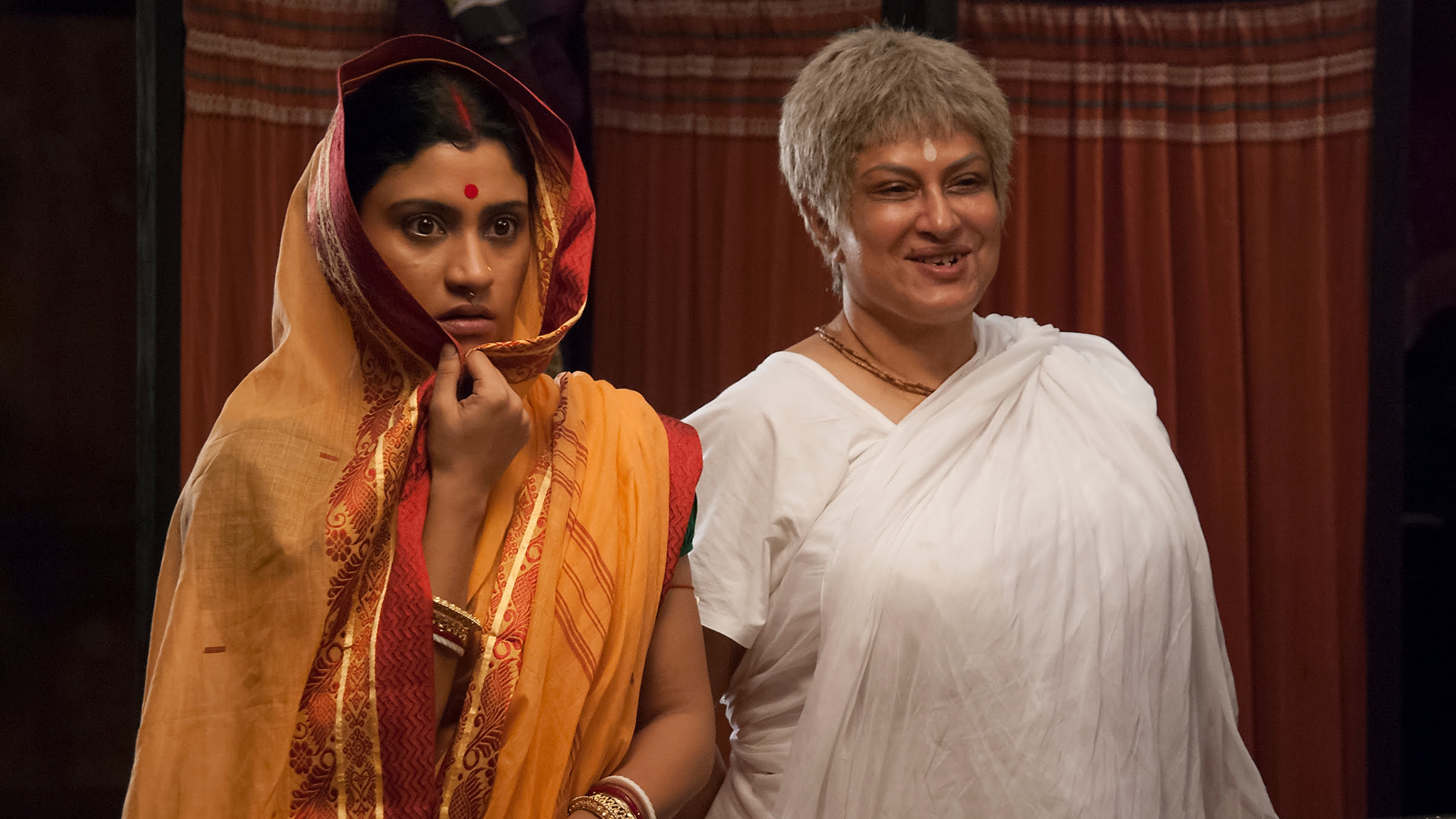In the recent Netflix documentary Unsolved Mysteries, there is an episode on supernatural encounters in post-tsunami hit Japan. The priest explains that the “Japanese people don’t separate the dead from the living.” He uses the metaphor of shoji, a sliding door made of very thin paper, as an analogy of how the country’s culture views death. What is interesting in his explanation is the coexistence of the spiritual world and that of the living, which inspires our curiosity about it. This struck me quite a bit and made me wonder about the prominent presence of ghosts in Bengali culture, and how they continue to inhabit our imagination and our folklore.
In the famous Bengali film Thakurmar Jhuli (a children’s collection of stories), we get a wide range of references to several ghosts that dwell throughout rural Bengal. While the male ghosts in the lore are often disfigured men, brahmins and so on, the two female spirits are the Petni (a notorious widow or spinster who yearns for fish!) and the Shakchunni, a woman often dressed like a married woman, who is on the lookout for wives of rich men and possesses them to relieve her own married days once more!
The female spirits are thus united in their quest to create havoc and break up happy couples by haunting them. The very conception of these ghastly women, as widows, spinsters or those who have been once married is telling of a rather curious tale of how social perception plays a deeper role in fashioning an outcast.
The actions of female ghost characters in Bengali films are very much shaped by their social realities and in that sense make horror a palpable genre rather than merely fantastical. By exploring films like Monihara (1961) and Goynar Baksho (2013), we perhaps then come closer to the French novelist Maupassant’s description of horror stories as “in the semi-darkness of a strange tale, allows a glimpse of a whole world of disquieting things, uncertain, threatening.”
This also extends historically to our understandings of medieval witches and more contemporary dayaans of north India, who were always unfortunate widows, tortured and killed for their land. Similarly, in the rural world of the macabre, where these Bengali fables were set, any unmarried woman proved to be a threat, thereafter their afterlife as petnis and shakchunnis, were enough to caution children and adults alike.

Within the strict paradigm of the folklores, these characters are presented with humour, and can be slighted off, when it comes to Bengali films- they are more nuanced and allow us to see their lives (in this case afterlife) filled with longings, despair, and sadness. In this case, horror as a genre effortlessly blurs the line between truth and fiction and ends up showing us reality as it is. The actions of female ghost characters in Bengali films are very much shaped by their social realities and in that sense make horror a palpable genre rather than merely fantastical. By exploring films like Monihara (1961) and Goynar Baksho (2013), we perhaps then come closer to the French novelist Maupassant’s description of horror stories as “in the semi-darkness of a strange tale, allows a glimpse of a whole world of disquieting things, uncertain, threatening.”
Also read: Bengali Soap Operas: Femininity, Feminism & The Tropes That We Now Know By Heart
Monihara, another Bengali film (a short story, by Rabindranath Tagore) adapted by Satyajit Ray, tells the story of small-time businessman Phanibhushan and his forlorn wife Monimollika. Set in an eerie mansion, we learn from the narrator that while Monimollika was loved and adored by her timid husband, she was always a distant and reclusive woman, who seemed to have had an abnormal obsession with jewels and ornaments. While Phanibhushan showered all his love and attention on her, and yet didn’t seem to be able to win her heart. She was sad because even after 10 years of marriage, she couldn’t bear a child and this led to her all-consuming distrust for her relatives and in-laws, who she believed spoke ill of her.
Her suspicion remains to be of chronic proportions throughout the story and the only thing that made her happy was her ever-growing collection of jewels and ornaments, which she guarded all her life. In Goynar Baksho (a story by Shirshendu Mukhopadhyay) adapted by Aparna Sen, we are introduced to Pishima, a bitter old widow, living in a small room by the terrace- in a palatial zamindarbari, with her large family of brothers. Everybody fears her and only tolerates her for a box of jewels or Goynar Baksho. We soon learn, that Pishima was a child bride, who lived most of her life as a widow in (her brother’s household), neglected and cordoned off into a tiny room next to the terrace, while she was alive- she guarded her box of gold and even kept an itemised list of its contents, fearing her relatives might steal her treasure.

You can already find a common thread in these Bengali films, that connects Moni to Pishima, their obsession with their gold and their all-consuming distrust for their relatives. It is an obvious hint towards the social world of the 19th century where they lived. In absence of property laws for women, the only source of the property remained to be personal gold or Streedhan (jewellery received in her lifetime).
For these women then, their gold was symbolic as a source of legitimacy and stability within the household. Their suspicion also stemmed from the fact, that in many cases the families would mortgage this gold to deal with the financial crises. As we soon learn in Moni’s case, where Phanibhusan, asks her for her necklace when a fire destroys his jute factory. In Pishima’s story too, after her death, her brothers, lust for her gold to pay off their enormous debts and finally the jewels are used repeatedly to fund her nephew’s saree business and for other emergencies.
Later in the two stories, Phanibhusan leaves for the city to recuperate his losses and comes back after a long time to find Moni missing, he looks for her everywhere until one spooky night when her spirit comes to haunts him and claims back her necklace. For Pishima, she dies very early in the film and subsequently, she haunts her nephew’s wife (whom she appoints as the trustee for her gold) to take stock of her Goynar Baksho. The obsessive connection with the gold, is then what fuels the horror in the story and even drives it all along. As a viewer, every time, you see the gold- you get a chill, knowing that it is a curtain call for the spirits to appear, to a point that the women become synonymous with the gold.
Throughout the history of horror cinema, for the most part, women have been seen, variously as the sacrificial victim, the innocent virgin, the temptress, and so on. Be it in Hollywood productions like Rosemary’s Baby, The Exorcist where the woman’s body was transformed into a “host” for the demon child to be conceived, or in Hindi films like Raat where the girl was possessed by the spirit.
While in the case of Moni, her obsession with the gold- is used as symbolism for her “insanity”, she is seen as a villain, and devoid of love for her husband, even when she is alive. Similarly, Pishima is painted as a “cranky old nut”, who doesn’t want to part with her ornaments even as a gift to her nephew’s new bride. They are both presented as greedy which is a sharp contrast to the image of the nurturing householder. While Moni remains silent through most of the film, only exhibiting her haunting charm in a scene, she sits on her bed, looks out onto the river, and sings a soulful song, you can’t help but feel sad for her — but moments later, you see the glint in her eyes on seeing her jewels and you are conflicted. Pishima (as a ghost) is more vocal and confides in her trustee (daughter-in-law), that the Goynar Baksho, was just a distraction that her brothers gave her to keep her under control throughout her life. She further gets emotional, saying a widow is like a reject in a household, nobody cared about, and without the gold, she would be eventually valueless and thrown out.

Throughout the history of horror cinema, for the most part, women have been seen, variously as the sacrificial victim, the innocent virgin, the temptress, and so on. Be it in Hollywood productions like Rosemary’s Baby, The Exorcist where the woman’s body was transformed into a “host” for the demon child to be conceived, or in Hindi films like Raat where the girl was possessed by the spirit.
In all these instances, the women characters play out the trope of the “damsel in distress”, eventually rescued by the male priest. In the light of such stereotypical depictions, films like Goynar Baksho and Monihara provide a unique perspective to us, if I may argue, they present us with a certain autobiographical sketch of the ghosts! In the stories, gold wields power for these otherwise subjugated women.
Also read: Sexism And Casteism In The Pujo And The Plethora Of Rituals In Bengali Lives
While, both Moni and Pishima are misfits in their patriarchal family setups and their stories help us unravel the inner world of aristocratic Bengali households of the 19th century, which was cruel towards its women and oftentimes hid such stories of loneliness and pain. In this regard, both of their narratives do not appear disconnected from other horror stories, but rather make us wonder about the fate of other female apparitions in thakurmar jhuli and the witches of Salem, who perhaps must have had similar experiences as an outcast.




